“And the king and his men went to Jerusalem against the Jebusites, the inhabitants of the land, who spoke unto David, saying: ‘Except thou take away the blind and the lame, thou shalt not come in hither’” (2 Samuel 5:6). A common interpretation of this scripture is that Jebus was so strongly fortified that even the blind and the lame would have been sufficient to prevent David’s army from conquering it. Yet there’s much more to this passage than meets the eye.
Based on certain archaeological discoveries, the reality appears to be much more sinister and macabre. And it is an interpretation, fittingly, brought to the fore through the research of one of Israel’s greatest modern military commanders—the late Prof. Yigael Yadin.
Various Theories
2 Samuel 5 describes David’s capture of Jerusalem from its Jebusite occupants seven years into his reign, after all the tribes of Israel had rallied around his leadership. This border city, along the boundaries of the tribes of Judah and Benjamin, would replace Hebron as David’s new capital, helping to mend old hostilities between the two tribes during the lifetime of Saul. Its establishment as the future home of the ark and temple would be in perpetuation of its already sacred history from the time of Melchizedek (and potentially even earlier) and would fulfill the centuries-old neglected, divine command to drive out the Jebusites (i.e. Deuteronomy 20:17; Joshua 15:63; Judges 1:21).
Yet if we are to take the Jebusites’ threat at face value, David would first have to defeat “the blind and the lame.” Over the centuries, there have been numerous theories about the nature of this threat and/or the identity of these Jebusite individuals.
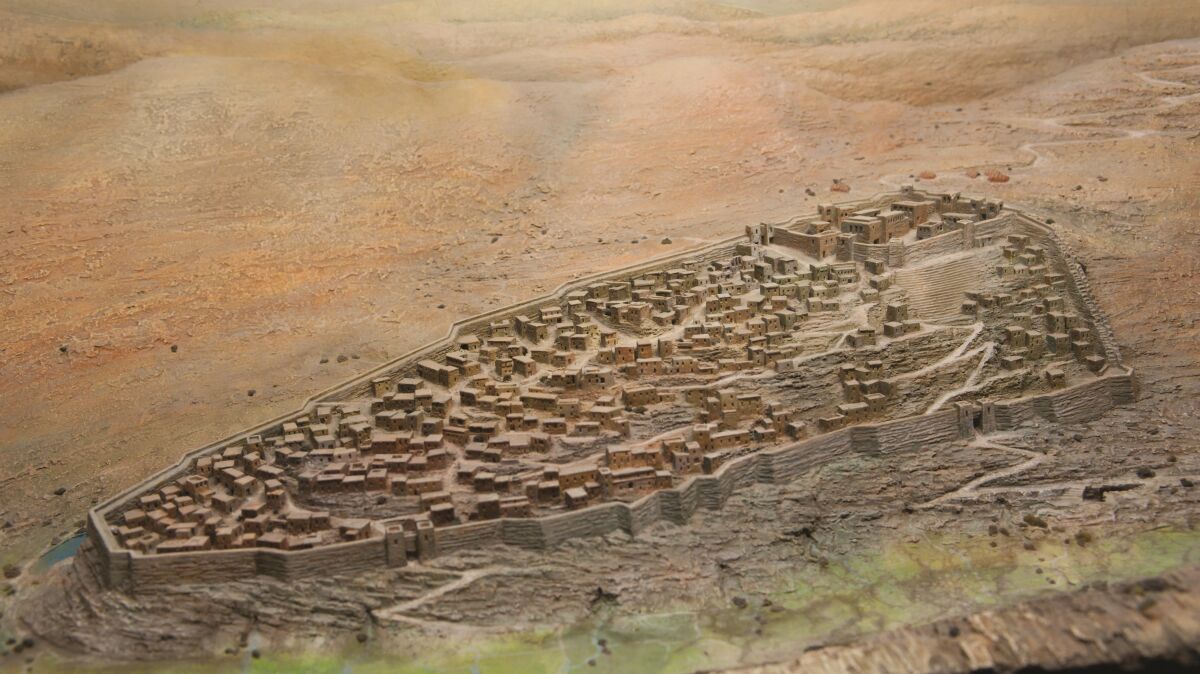
Dr. Louise Anne Gosbell summarized some of these theories in her 2015 Ph.D. thesis, “‘The Poor, the Crippled, the Blind, and the Lame’: Physical and Sensory Disability in the Gospels of the New Testament”:
The niv [New International Version] assumes that the threat of the Jebusites means that they believed that their fortress was so strong that even those who were visually or mobility impaired would be able to ward off David and his army.” P. R. Ackroyd offers an alternative, suggesting that the Jebusites were instead declaring their intention to fight so that once the army was destroyed those remaining, i.e., those with disability and those who would normally not participate in battle, would continue to fight …. Finally, [Martha L.] Edwards discusses those who were deemed the “useless” by Greek society …. Edwards contends that although many of these “useless” were not able to fight in battle they were still able to participate in the army by offering some assistance in protecting city walls.
Based off early explanations for this passage, these “blind and lame” were either a figure of speech meant to taunt David’s men, or it was some kind of expression of desperation or determination that all would participate in battle and, therefore, that all in the city would need to be overcome. But these explanations fail to account for other peculiar statements in the following verses.
‘Hated of David’s Soul’?
“And David said on that day: ‘Whosoever smiteth the Jebusites, and getteth up to the gutter, and taketh away the lame and the blind, that are hated of David’s soul—.’ Wherefore they say: ‘There are the blind and the lame; he cannot come into the house’” (2 Samuel 5:8). There are a few points to note from this verse. First, “the lame and the blind” from verse 6 were apparently not just empty words meant to belittle David. Verse 8 indicates that there actually were lame and blind deliberately stationed within the city—and that, apparently, the Jebusites believed that such lame and blind would prevent David’s entrance.
Second, these lame and blind in particular were “hated of David’s soul.” This strong Hebrew word is elsewhere used in the sense of hating sin. Why? One posited explanation is that contact with such individuals could make the Israelites ritually impure (see Thomas Hentrich’s article “The ‘Lame’ in Lev. 21:17-23 and 2 Sam. 5:6-8”). Leviticus 21:17-18 say: “Whosoever he be of thy seed throughout their generations that hath a blemish, let him not approach to offer the bread of his God. For whatsoever man he be that hath a blemish, he shall not approach: a blind man, or a lame, or he that hath any thing maimed ….”
But this surely cannot be the answer. This passage in Leviticus is directed specifically at Aaron and his Levitical descendants, in specifying those eligible to conduct offerings (verses 16-17). And further, contact with a dead body renders one ritually impure (i.e. Numbers 19:11)—and David’s men were, of course, out to do battle.
Did David, then, simply “hate” those with disabilities? If this were the case, it would be a real indictment against his character. Of course, this notion is absurd. And we also know categorically from the biblical account that this cannot be the answer. Mephibosheth is a case in point: a “lame” (same Hebrew word), five-year-old orphaned son of Jonathan, whom David took under his wing, allowing him to “eat continually at the king’s table,” as if he was “one of the king’s sons” (2 Samuel 9:13, 11).
A third detail to consider from 2 Samuel 5:8 is why David felt the need to promise the rank of “chief and captain” to whomever would lead the way in capturing the city, as described in 1 Chronicles 11:6. The challenge was not to come up with a novel way to breach the city; David already said it should be through “the gutter.” Could it have been simply because of the inherent danger in such a breach of the city? Perhaps. But in the context of these peculiar verses, was there more to it? Why did David not simply command his men to make their way into the city in this manner? And wouldn’t such a taunt by the Jebusites—if that’s what it really was—cause David’s men to be more eager to conquer the city? Why did David feel compelled to goad his men into action?
3,000 Years on, Another Captain Answers

Prof. Yigael Yadin (1917–1984) is known as one of Israel’s great “founders” and military leaders, having played a key role in the 1948 War of Independence as Israel’s head of operations. Later in his career, he became deputy prime minister as well as chief of staff of the Israel Defense Forces. After leaving the military, he famously devoted himself to the field of archaeology. Buried within his storied archaeology career, he proposed a solution to the “problem” of this otherwise confounding language surrounding David’s conquest of Jerusalem.
In his 1963 book The Art of Warfare in Biblical Lands: In the Light of Archaeological Study (Volume 2, pages 268-269), Yadin wrote:
The capture [of Jerusalem] is described twice, first in 2 Samuel 5 and again in 1 Chronicles 11. The two accounts are not identical, but one complements the other …. [M]ost baffling of all is the reference to “the lame and the blind.” What are such people doing on the walls of a fortified city? And why does David offer a high premium—the prize of “chief and captain”—to the first man who smites them? …
[I]t is far from reasonable to suggest that the Jebusites were so sure of themselves, their power and the strength of their fortifications that they could feel themselves free to be derisive about David. It seems to me quite the reverse. David was going from strength to strength. His rival, Saul, was dead. He had been crowned king by the tribes of Israel and Judah in the entire area round Jerusalem. On what basis would the Jebusites have felt themselves secure in their own strength against David, whose prestige as a powerful military commander must have been a byword in the land? It seems that the very opposite was the case. The Jebusites were in a hopeless position. Most of the cities near Jerusalem had either been captured by David or had gone over to his side. The Jebusites must have considered that they did not stand a chance against him.
As a last desperate effort, they decided on an action which involved the blind and the lame and which was calculated to strike terror into the hearts of David and his army and prevent them from even attempting to attack the city. It apparently succeeded, for David was forced to announce a formidable prize for the most valiant of his heroes who would dare to be the first to attack the Jebusites. What was this Jebusite action, and what was its connection with the lame and the blind?
The ‘Soldier’s Oath’
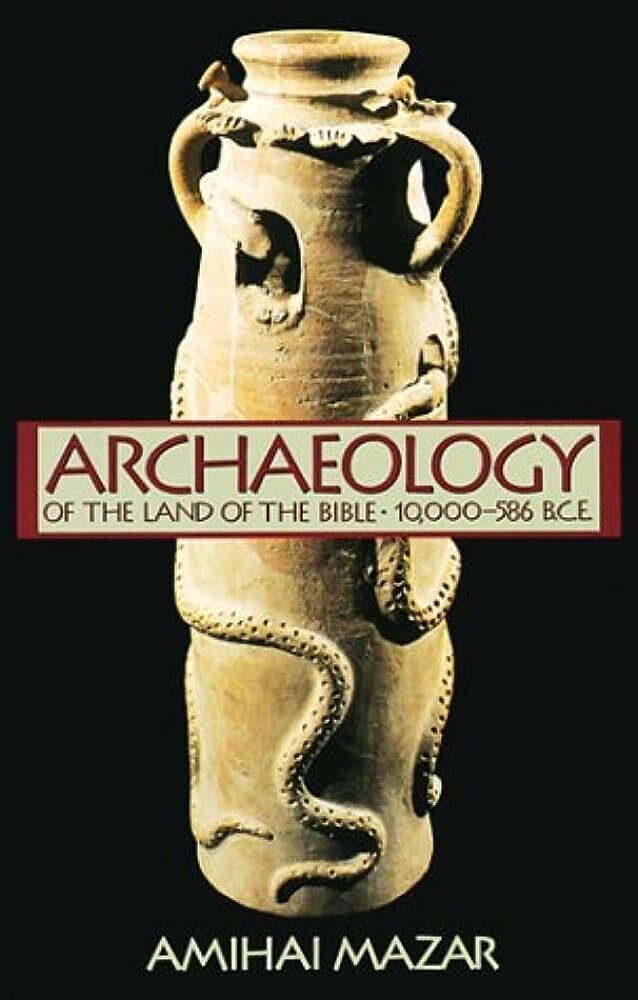
In previous articles, we have noted the Jebusite connection to, and apparent derivation from, the northern Hurrians and Hittites (see our article here as an example). Some background for this is explained by Prof. Amihai Mazar in his book Archaeology of the Land of the Bible: 10,000–586 b.c.e. These close cultural (especially linguistic) connections were also highlighted by Mazar’s famous uncle, the late Prof. Benjamin Mazar (1906–1995), Yadin’s contemporary and close acquaintance.
Yadin, in light of this Hittite/Anatolian connection, noted a trove of ancient second millennium b.c.e. documents (clay cuneiform tablets) that had recently been discovered at the Hittite capital Hattusha (in modern-day Turkey), in the early part of the 20th century. Discovered among these inscriptions was a peculiar ritual known as the “Soldier’s Oath,” duplicated on two tablets (KBo, vi, 34 and KUB, vii, 59). These fragmentary tablets were part of a ritual intended for “when they lead the troops to the oath-taking.” The text reads, in part:
[He] says … “[W]hoever breaks these oaths, betrays the king of the Hatti land, and turns his eyes in hostile fashion upon the Hatti land, let these oaths seize him! Let them blind this man’s army and make it deaf! Let them not see each other, let them not hear each other! Let them make a cruel fate their lot! Below let them fetter their feet, and above let them bind their hands! Just as the gods of the oath bound the hands and feet of the army of the Arzawa country and made them unable to move, even so let them bind that man’s army and make them unable to move!”
The text then outlines a series of spells cast upon the troops, variously using yeast, wax and animal fat to simulate the (pretty awful) curses that would come upon those who would “turn [their] eyes in hostile fashion.” As part of these simulatory rituals, two individuals were brought out, followed by a third, critically injured man:
They parade in front of them a blind woman and a deaf man and speak as follows: “See! here is a blind woman and a deaf man. Whoever does evil to the king and the queen, let the oaths seize him! Let them make him blind! Let them make him deaf! Let them blind him like a blind man! Let them deafen him like a deaf man! Let them annihilate him, the man himself together with his wife, his children and his kin!” …
“Did not this man whom you see here take the oath? He was sworn in before the gods and then broke his oath. The oaths seized him and his inner parts are sagging out in front, he has to hold his entrails in his hands. Whoever breaks these oaths, let these oaths seize him! Let his inner parts sag out in front!”
(See here for the full text, from James B. Pritchard’s Ancient Near Eastern Texts Relating to the Old Testament, pages 353-354.)
I Put a Spell on You
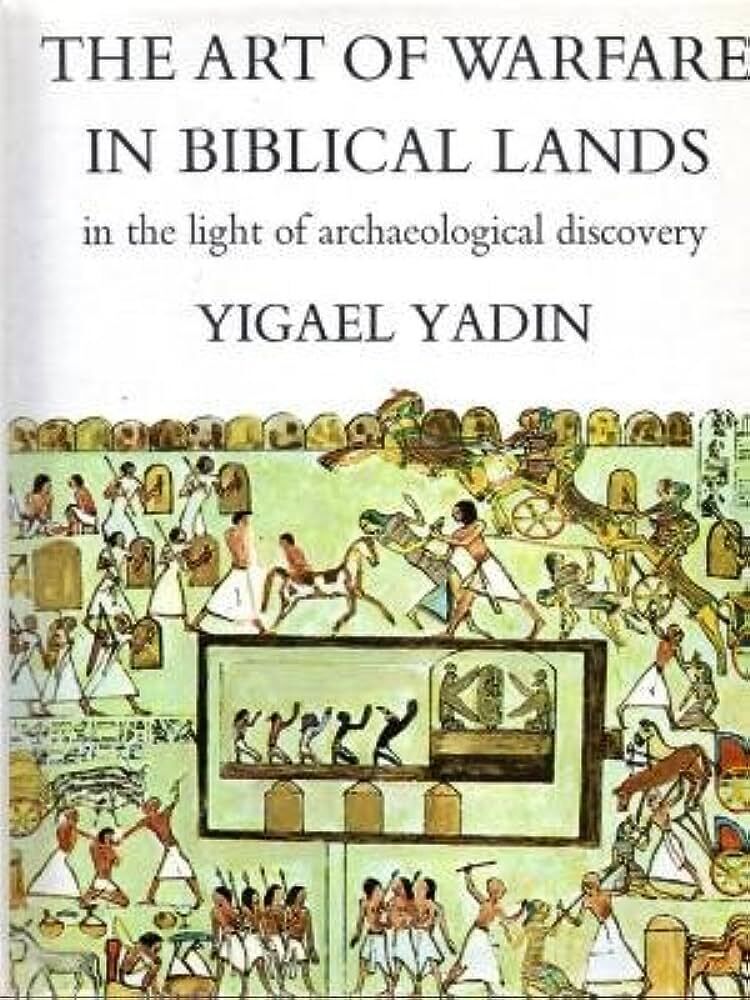
In light of these rather extraordinary documents—from a directly related culture, referring to curses involving the blind, deaf and lame (and in the context of soldiery, no less)—Yadin proposed that this is the answer to the lame and the blind defenders of Jebus. That their own presence was a “way of casting a spell on the attackers, threatening them with blindness and lameness” (as summarized in Daniel Gavron’s Jewish Virtual Library article, “History of Jerusalem: Myth and Reality of King David’s Jerusalem”). After highlighting these above-quoted Hittite texts, Yadin continued (pages 269-270):
Recognizing the hopelessness of their plight, incapable of withstanding an assault, they tried to deter David from making the attempt. This they did by stationing a number of lame and blind people on the wall or near the gate and staging something similar to the Hittite ceremony, using the same ritual symbolism to strike fear into the hearts of David’s men, crying: ‘Except thou take away the blind and the lame, thou shalt not come in hither.’
This phrase is incomplete, and it was probably only the beginning of an oath which ended with the threatening curse of blindness and maiming to any who would dare lay hands on the blind and the halt or on the Jebusites in general. … In other words, the Jebusites felt that David would not dare attempt an assault against the power of the oath and the magic.
French scholar Gilbert Brunet continued in this vein, as highlighted by the above-mentioned Gosbell and summarized by Hentrich: “Brunet interprets this passage [in 2 Samuel 5] that the Jebusites expected the lame and the blind to exert some magic protection from the soldiers …. The sheer fear of becoming blind and lame when touching them would have prevented the soldiers from advancing any further.”
Jan Heller takes it even further in his 1965 Communio Viatorum article “David und die Krüppel.” Hentrich wrote that Heller “considers them Jebusite cultic personnel … due to the translation of the root פסח (to limp). They would ‘limp-jump’ around the altar in ecstasy to appeal to their god and Heller even presumes a self-inflicted injury which would have made them incapable of walking normally” (akin to the self-flagellating and limp-jumping of Jezebel’s priests of Baal—1 Kings 18:26-28).
This would present the Jebusites’ defense in an entirely new light: The “blind and the lame,” rather than the last line of defense, were the first line of defense, a sort-of ghoulish force of mystics (perhaps even self-mutilated), intended to scare off enemy invaders. These were the “hated of David’s soul.”
The Making of a Captain
Yadin therefore concluded that this was the reason why David felt the need to issue a significant reward to whomever led the charge against the city. He continued (page 270):
Apparently their threatening curse—and not their derision—had its effect on David’s men, so that he was compelled to offer a substantial reward to the man who would perform an act of heroism. And what was this heroic act? Not breaching the wall and capturing the city, but doing just one thing: being the first to rise and go forward, the first to strike the Jebusites, the blind and the halt, and demonstrate thereby to the whole army that they need not fear to defy the power of the oaths and witchcraft of the Jebusites.
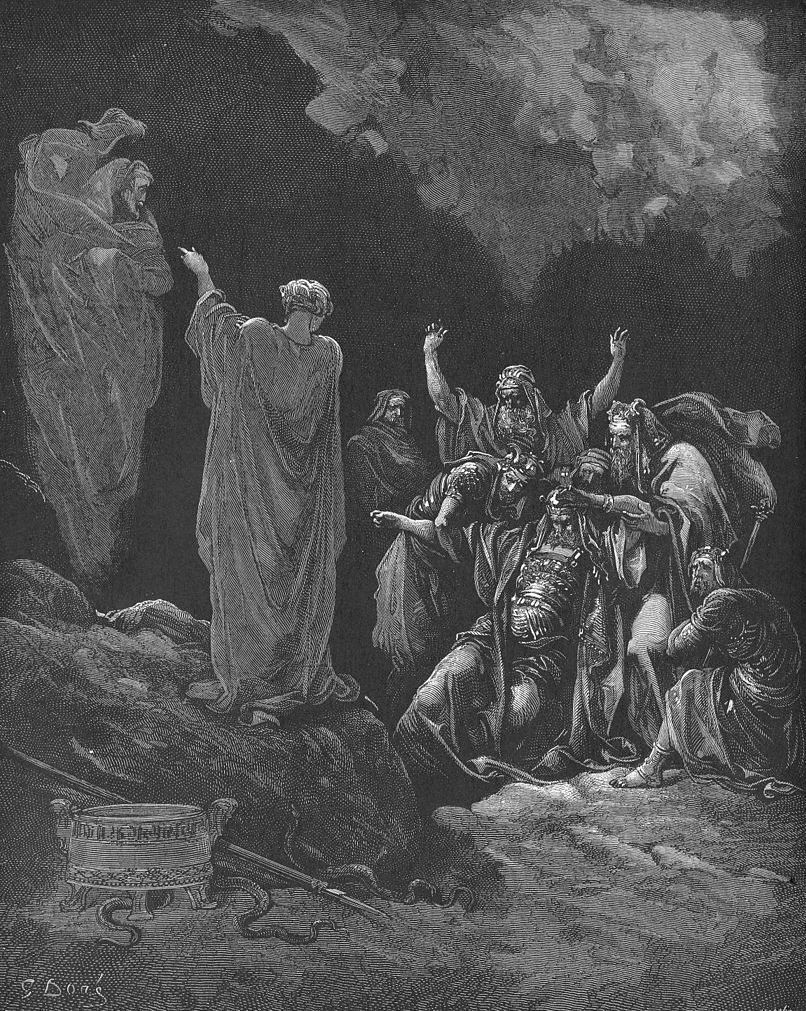
Perhaps there was a certain level of superstition among David’s soldiery—perhaps due to the fame of such above-mentioned stories (like that of the “country of Arzawa” bewitched by such curses and rendered lame). Note in this context King Saul’s own superstitious consultation with the witch of Endor, barely seven years prior, in advance of a battle with the Philistines (1 Samuel 28). Thus David challenged his men, to see who would willingly disregard such superstition and qualify himself to serve as the king’s military commander.
In the ancient world, there was a real sense that commanding an army to go against enemy forces also meant going directly against the deities of the respective countries (i.e. 1 Kings 20:23; 2 Kings 18:33-35). Take, for example, Assyrian King Sennacherib’s commander, Rabshakeh. What made him an excellent leader was his complete disregard for other national gods (2 Kings 18:33-35). His lack of fear of the God of Israel, however, eventually led to his demise.
Repeatedly, the Israelites were instructed not to fear other gods (i.e. Judges 6:10; 2 Kings 17:35, 37-38). Evidently, such superstition was a real threat.
What evidently made Joab an excellent commander (despite his murderous tendencies) was his total lack of fear of enemy deities and magic—as demonstrated by his leading the assault on Jerusalem. This fearlessness is also summed up in a much later, rather moving speech he gave to his men, while surrounded by enemy Ammonite and Aramean forces and facing almost certain defeat: “Be of good courage, and let us prove strong for our people, and for the cities of our God; and the Lord do that which seemeth Him good” (1 Chronicles 19:13).
The Fall of Jebus
Without question, Jerusalem’s natural situation and its topography have historically made the city extremely difficult to conquer. This can still be somewhat appreciated to this day, with the precipice-like bedrock faces peeking out above the thousands of years worth of fills that have accumulated in the surrounding valleys. Thus it would be logical for the Jebusites to have relied heavily on their natural defenses, and perhaps this may have been one reason why the earlier Judahites “could not drive them out” (Joshua 15:63)—a reason why this outpost remained in Jebusite hands throughout the centuries-long judges period.
Yet by the time of David, all the land of Israel was united behind him. He had set his face toward Jerusalem, with the intent to conquer it. However good Jebus’s natural defenses were, the relatively small city could not stave off a siege indefinitely. The Jebusites surely must have realized that their time was up. Hence this peculiar deference to the magic of “the blind and the lame” to ward off David and his men.
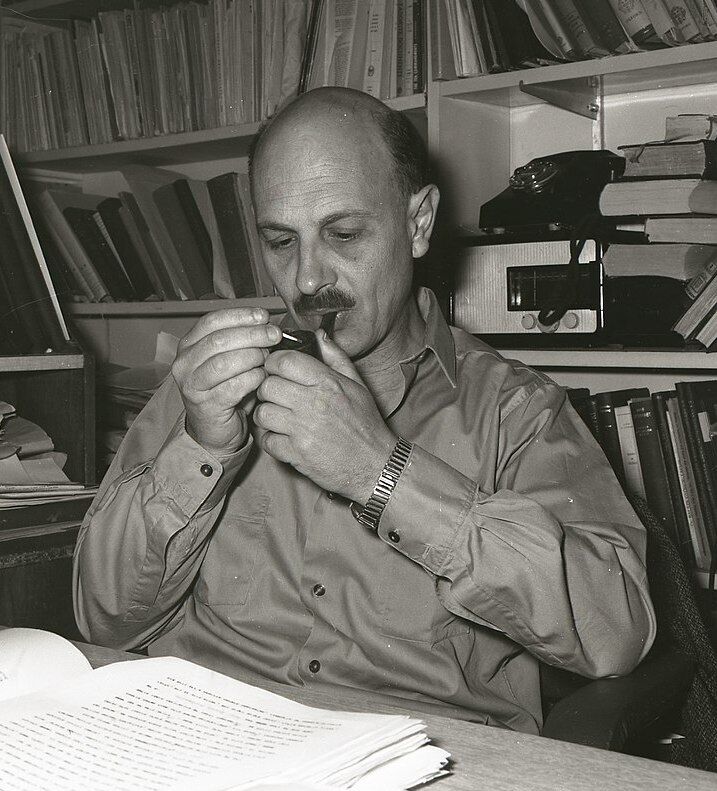
Jerusalem’s natural defenses must have therefore played at least a part in the 2 Samuel 5 narrative (particularly, in the reason for entering the city through “the gutter”). But it doesn’t answer several questions, like why the “blind and the lame” were positioned in the city? Why they were “hated of David’s soul”? Why did David, knowing full well how to conquer the city, feel the need to challenge to his men to do so?
Yadin’s research provides an explanation for all of these questions, highlighting similar elements from within a related cultural melee. Perhaps archaeology may shine more light on this question in the future. But for now, his explanation is, in the words of Gavron, “a solution that has become generally accepted” in the years and decades since—and serves to illustrate much more graphically this otherwise brief, three-verse, lynchpin event in Jerusalem’s history.

